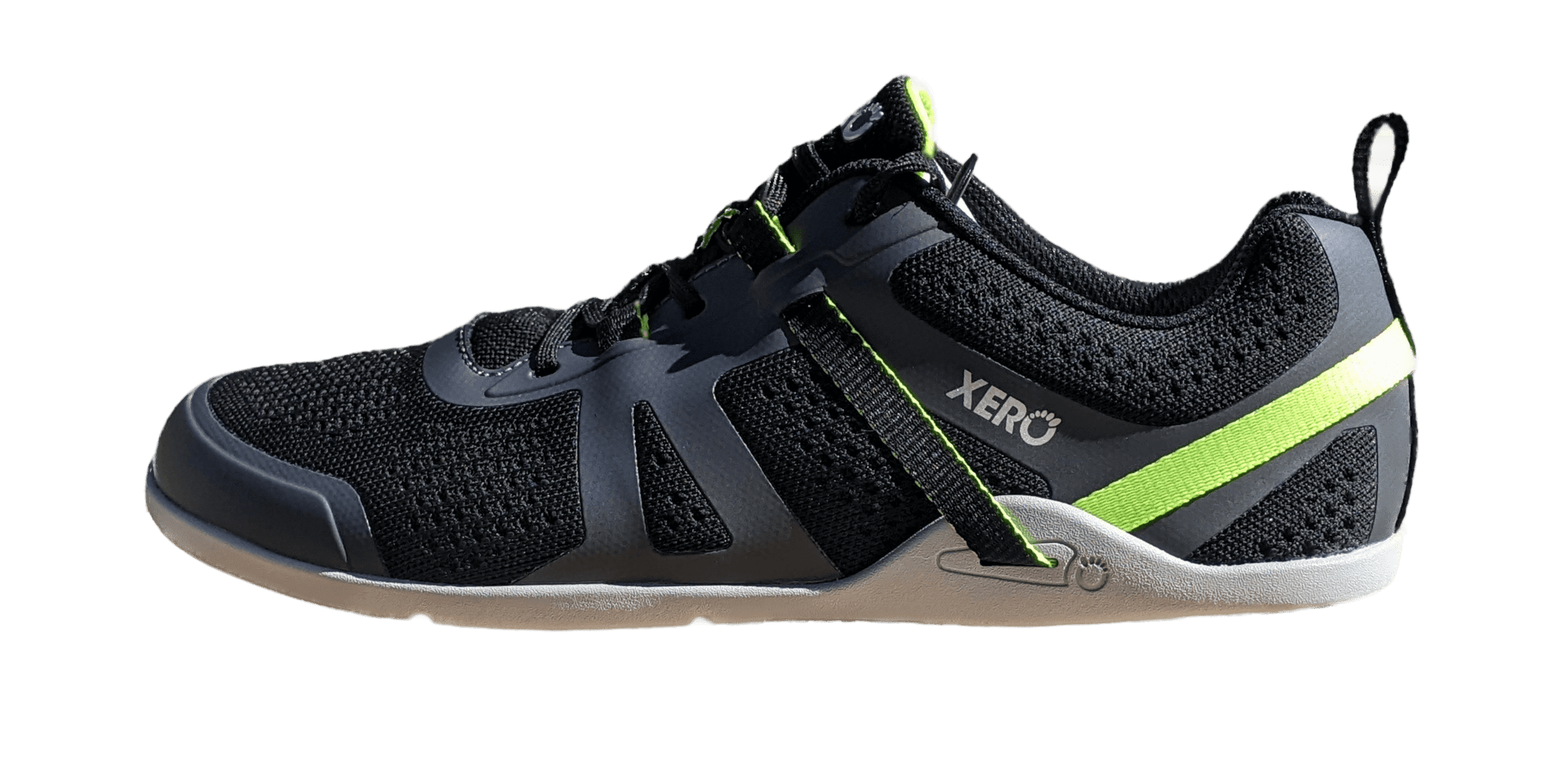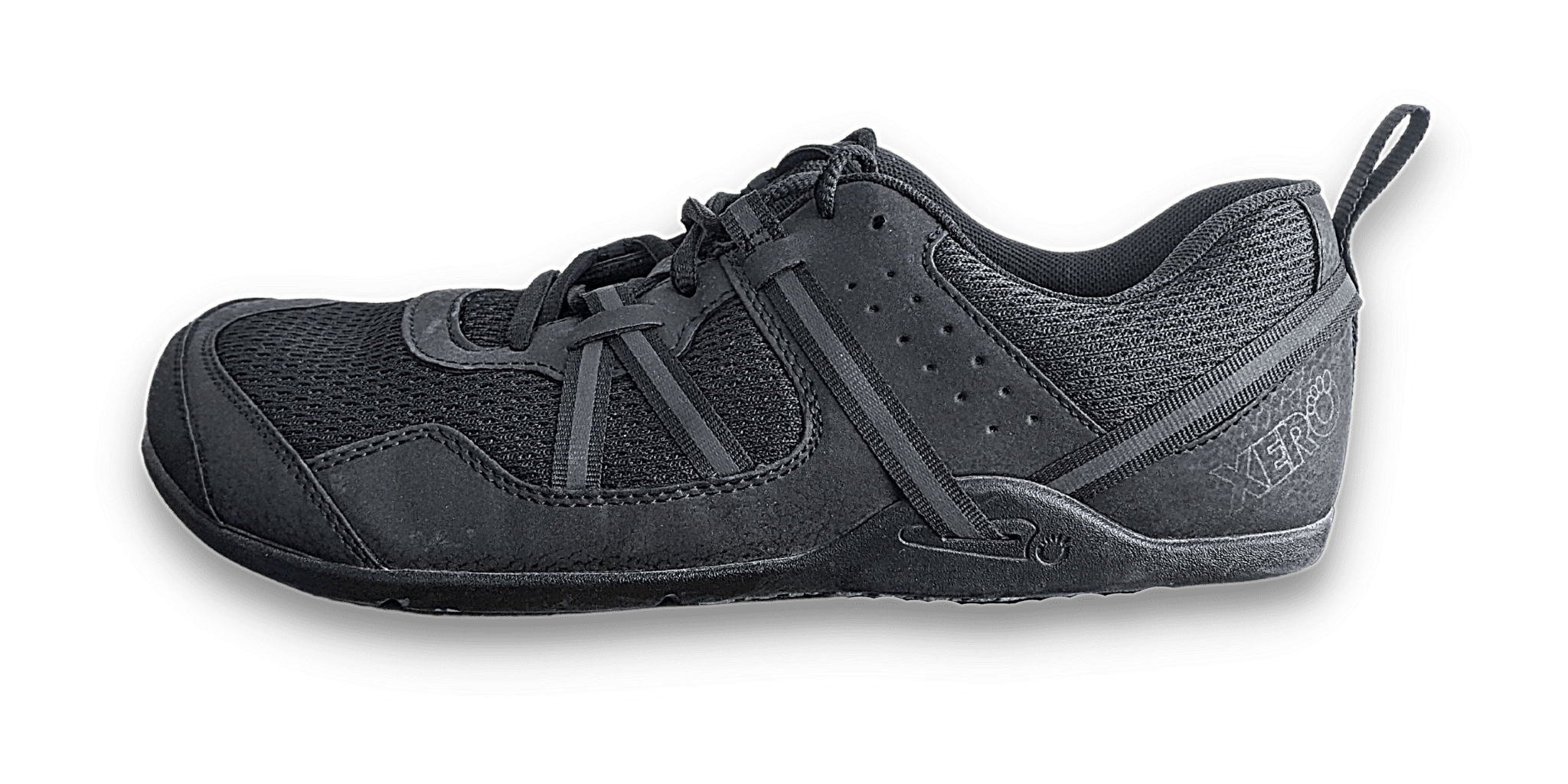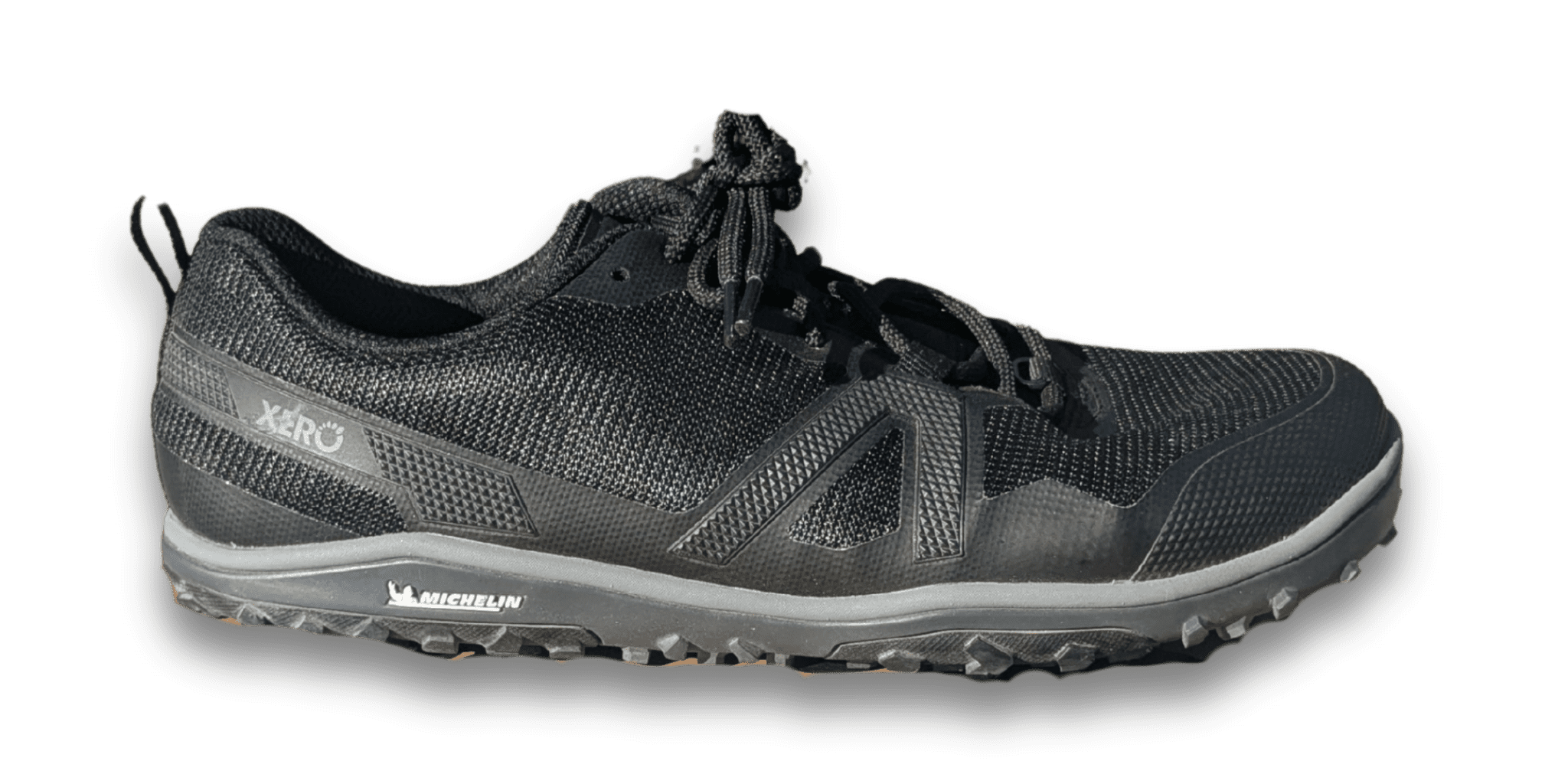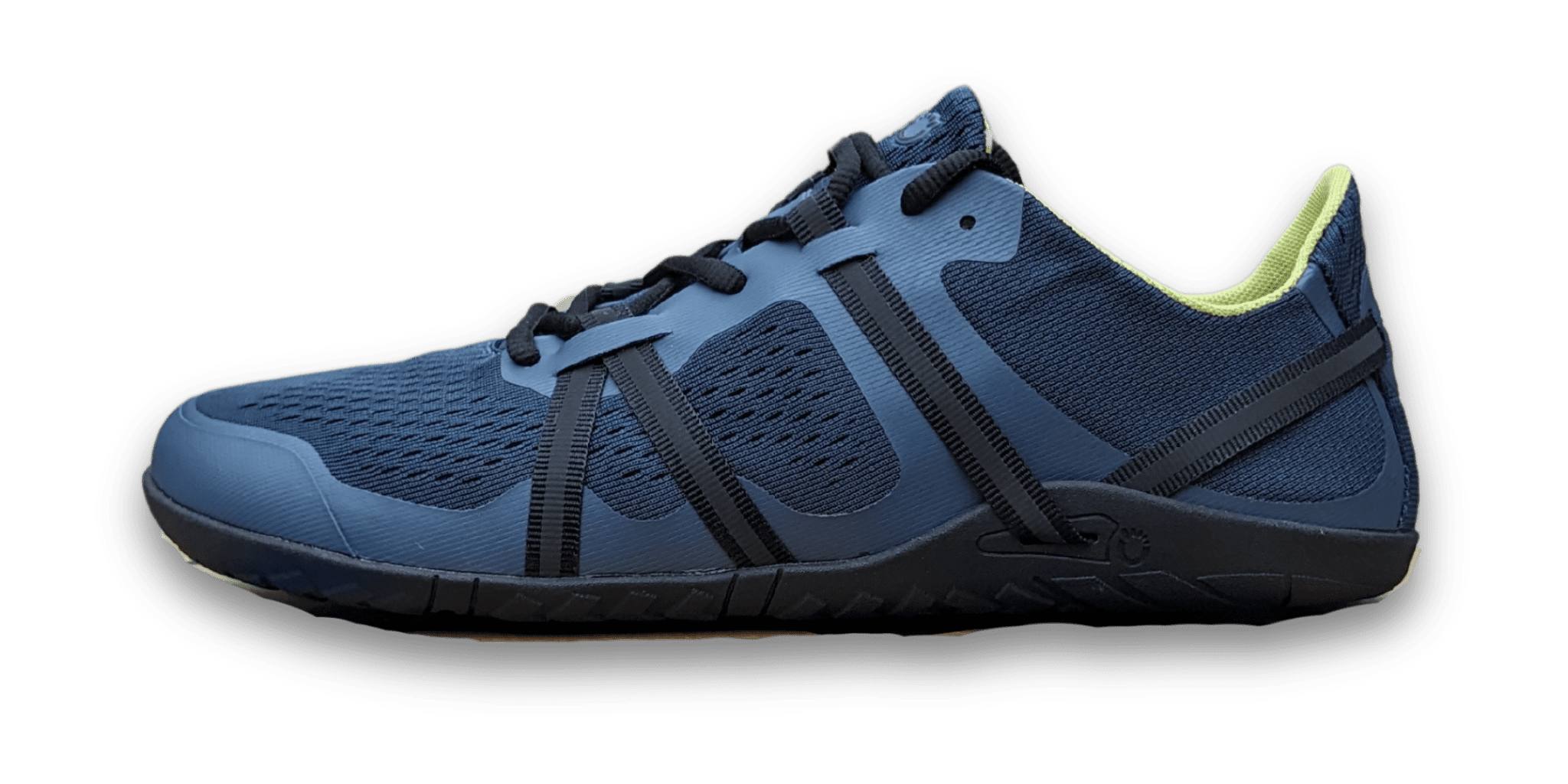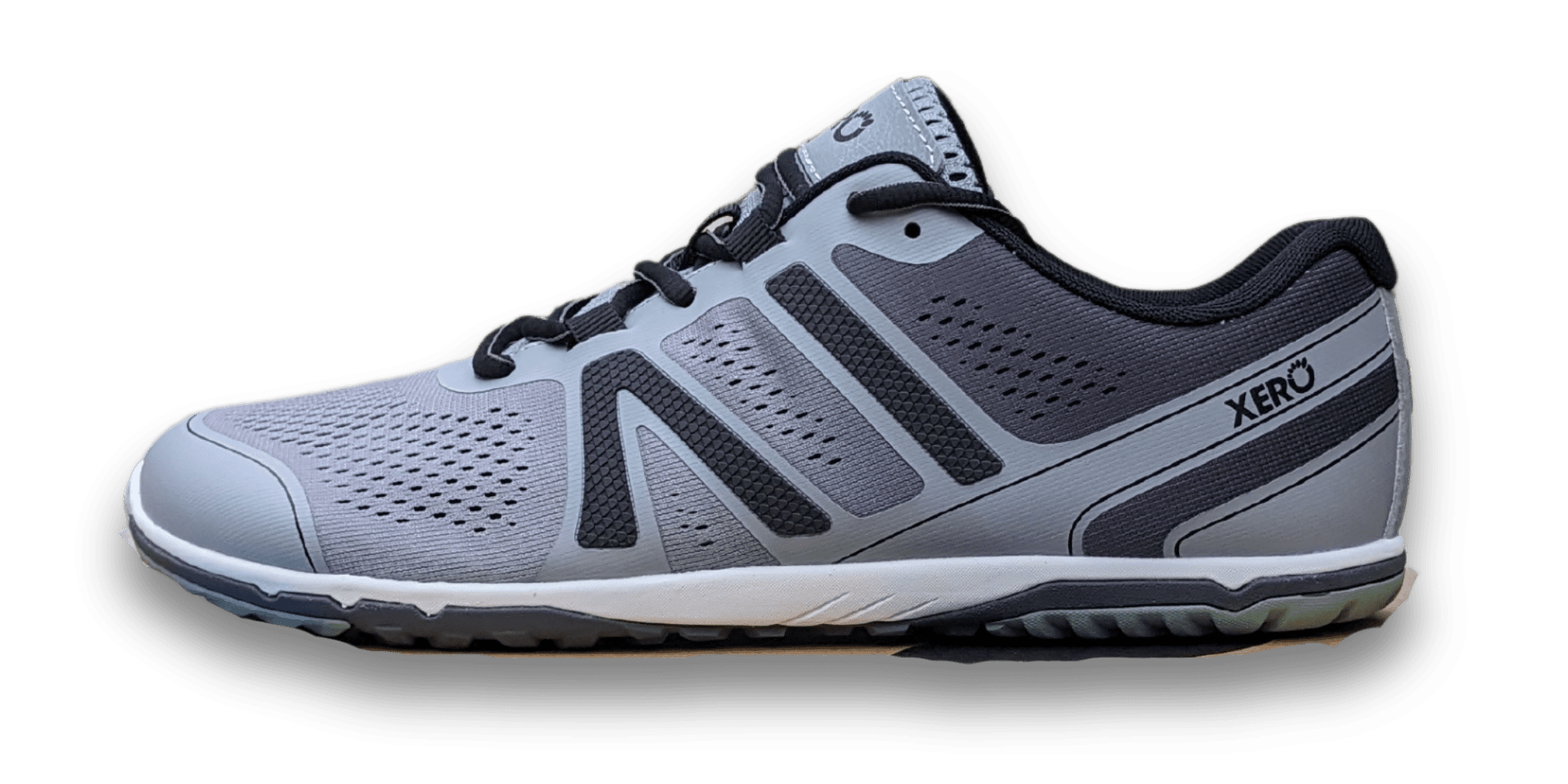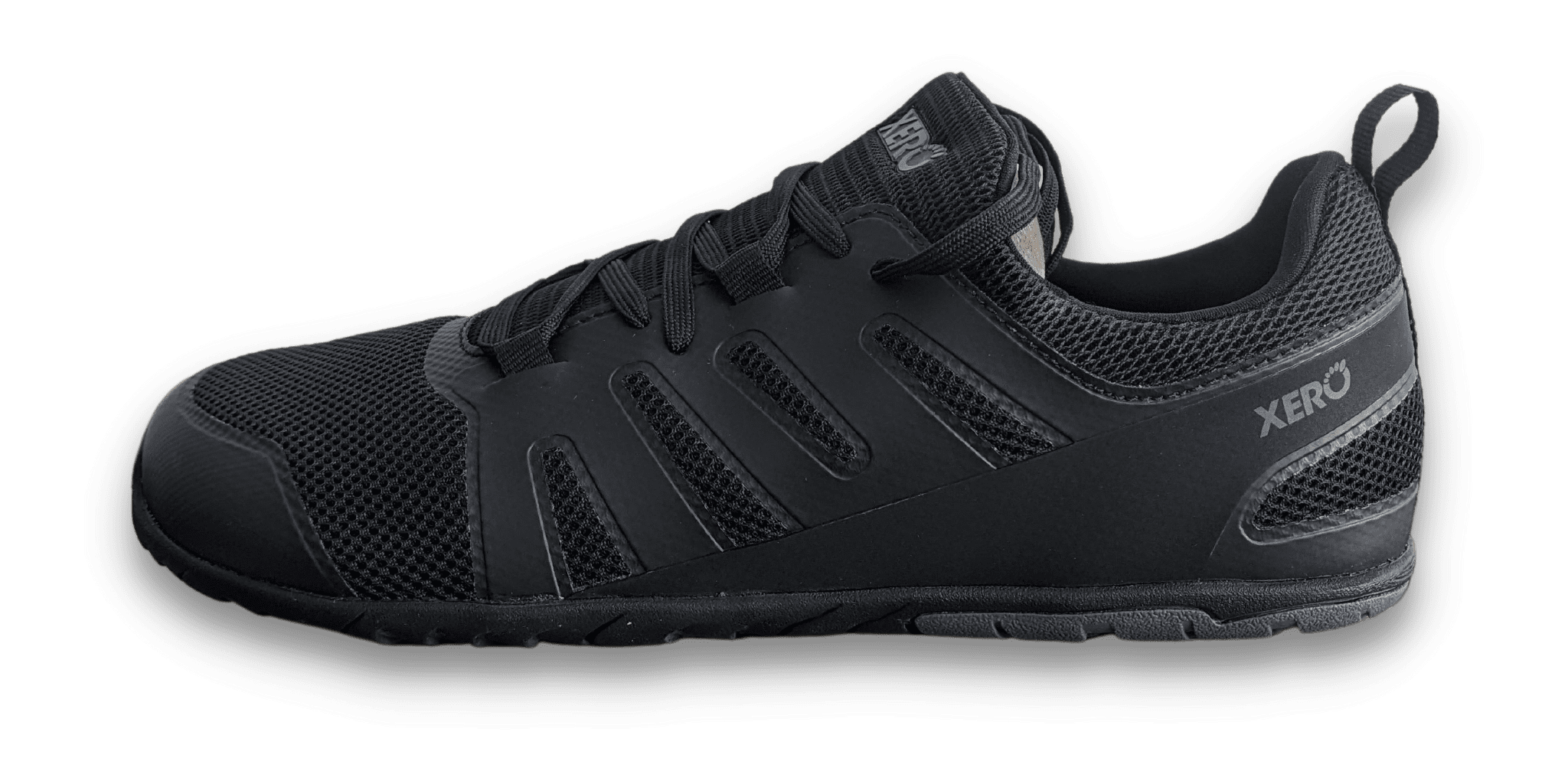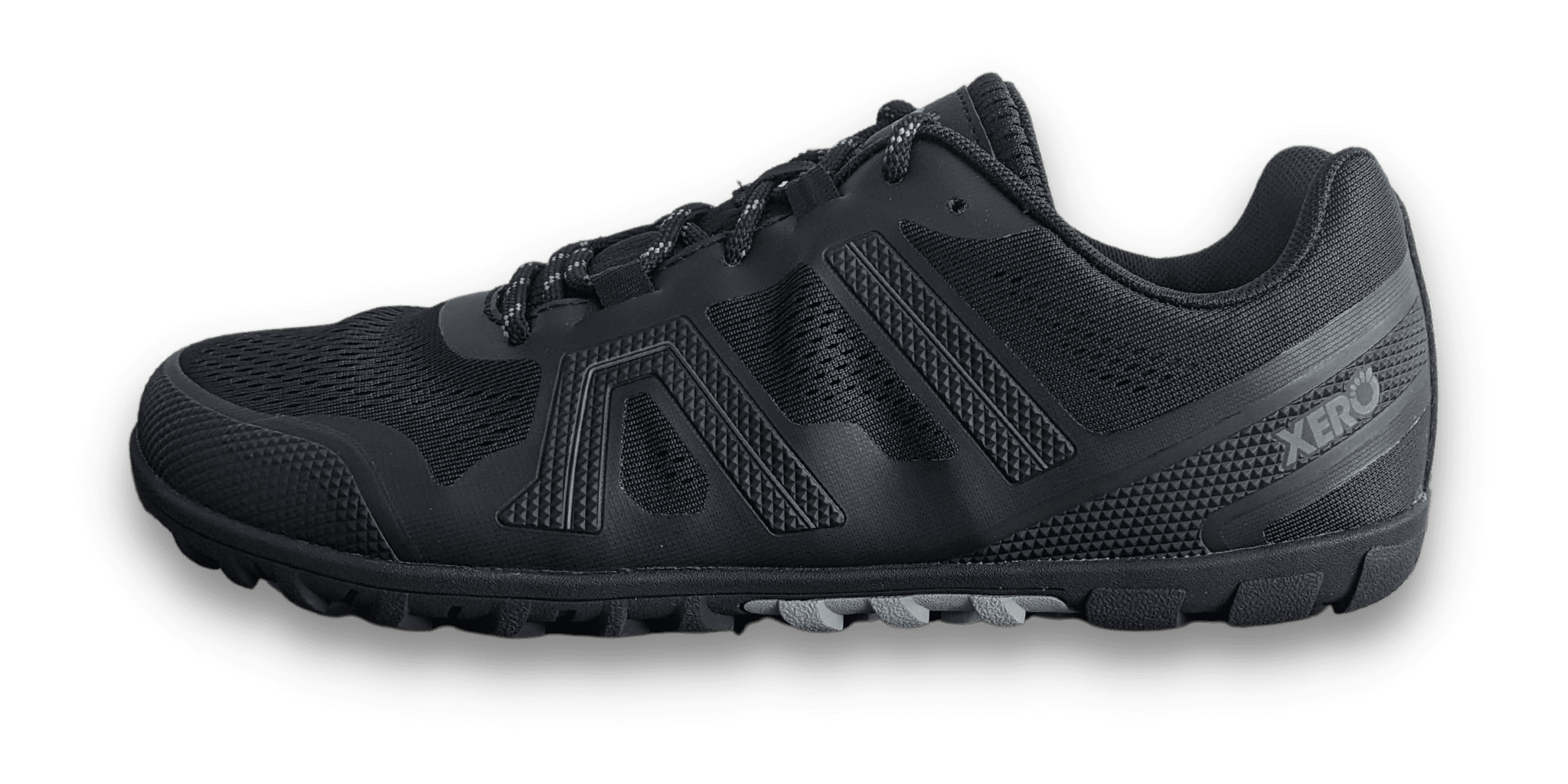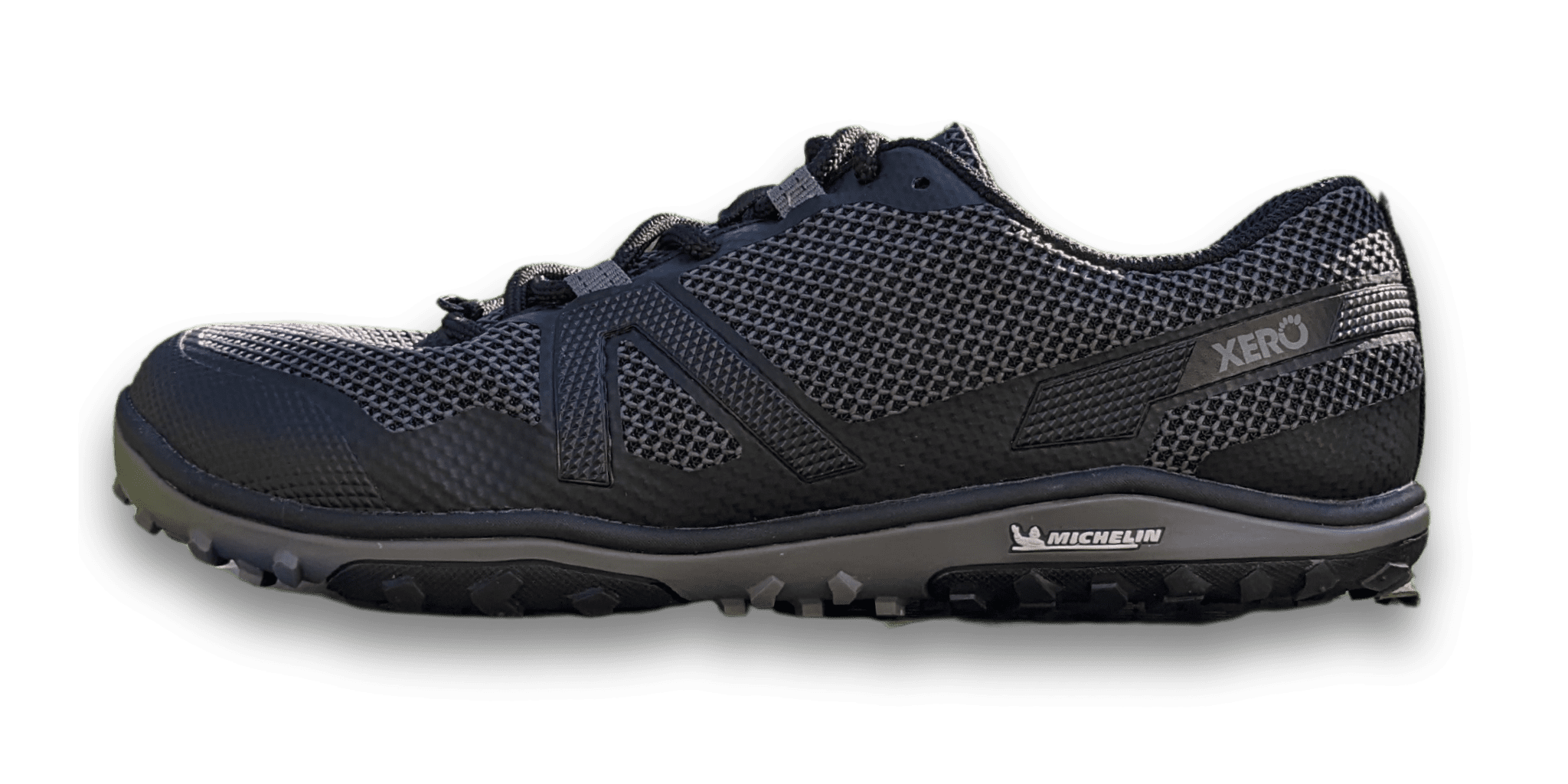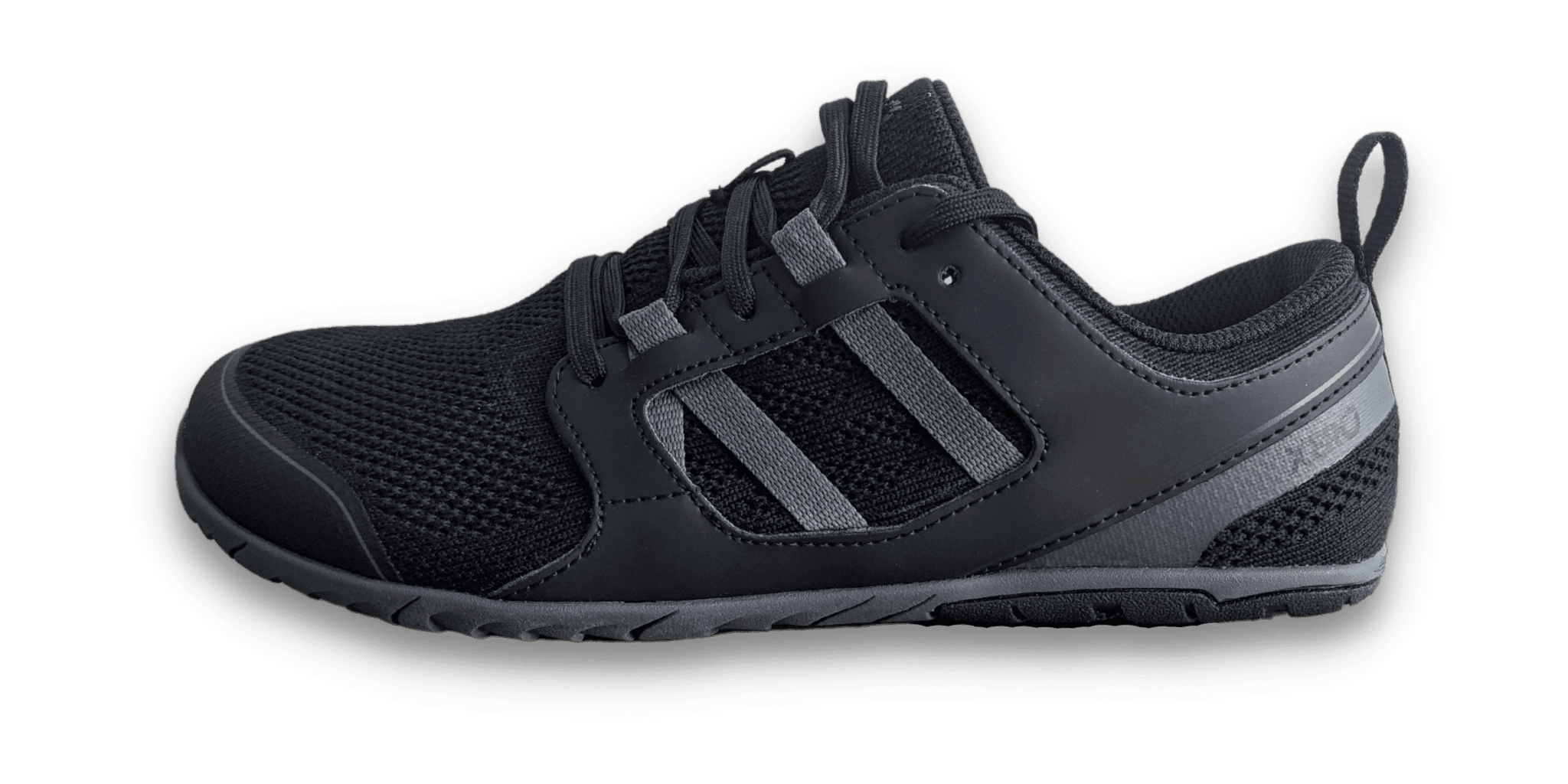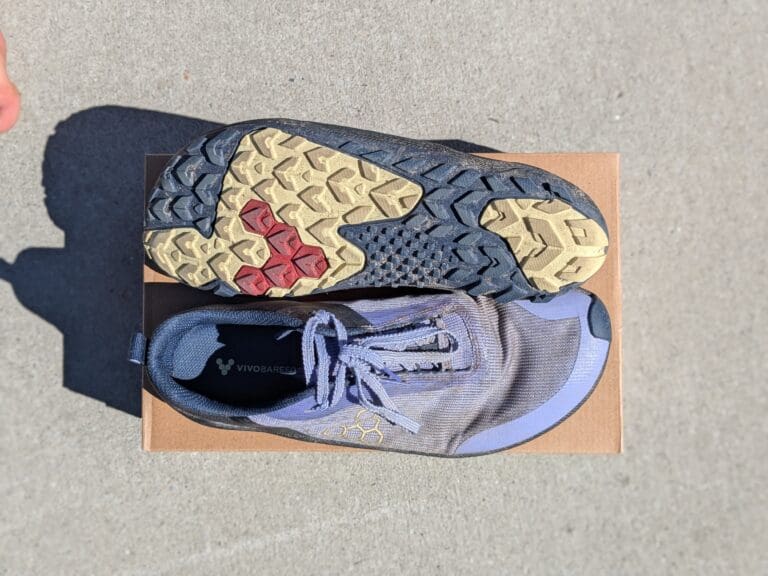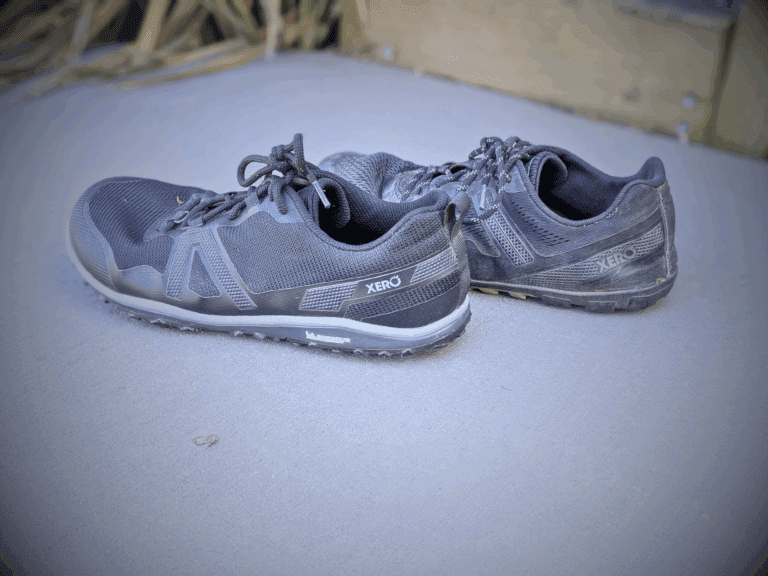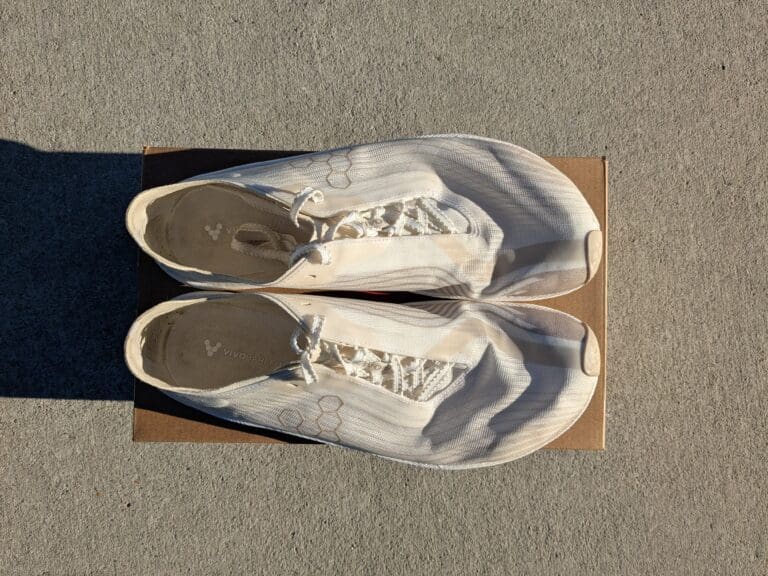Ever stood in front of your shoe rack, staring down two nearly identical pairs, and thought, “Which one should I pick for today’s run?”
Xero Shoes has long been a staple for barefoot-curious runners and minimalists alike. Still, now, with both the classic Prio and its updated sibling, the Prio Neo, on the line-up, things just got interesting.
Let’s dig in: Prio vs Prio Neo. Same family, same specs on paper, but, as I’ve found, not quite the same animal on your feet.
Affiliate Disclosure: By clicking through the links on this page and purchasing the products, you’ll be helping me out. This is done because I receive a kickback from the sellers at no extra cost to you! Thank you so much for supporting us!
Prio Neo
Type: Road
Width: Medium Wide
Stack height: 5mm + 3.5mm
Weight: 8.7oz / 246g
A modern, flexible all rounder. Read the full Review
Prio
Type: Road
Width: Medium Wide
Stack height: 5mm + 3.5mm
Weight: 8.7oz / 246g
An old school do-it-all shoe. More bulky, but known to be durable. Read the full Review
Both shoes fit true to size but excel in different ways. Right out of the box, you’ll notice the shape’s familiar: a wide, rounded toe box that lets your toes splay naturally, with a secure midfoot and a relatively straight last. Both run “regular” in terms of length—neither short nor overly long—and, from my experience, they cater best to feet with moderate to above-average volume, especially in the forefoot.
Which minimal running shoe is for you?
Take a quick 5-question quiz to identify the perfect minimal running shoe for your feet! You'll get both road and trail options based on your answers!
The Prio offers a structured, slightly snugger midfoot, thanks to its burly overlays and robust lacing system. With a sandal-like strapping system that hooks into the lacing, both Prios provide a lockdown I don’t always get from other minimalist brands. Your heel is truly locked in place, especially with a lace lock using the 2nd upper eyelet on the Prio. However, it’s worth noting that there is no second eyelet on the Prio Neo.
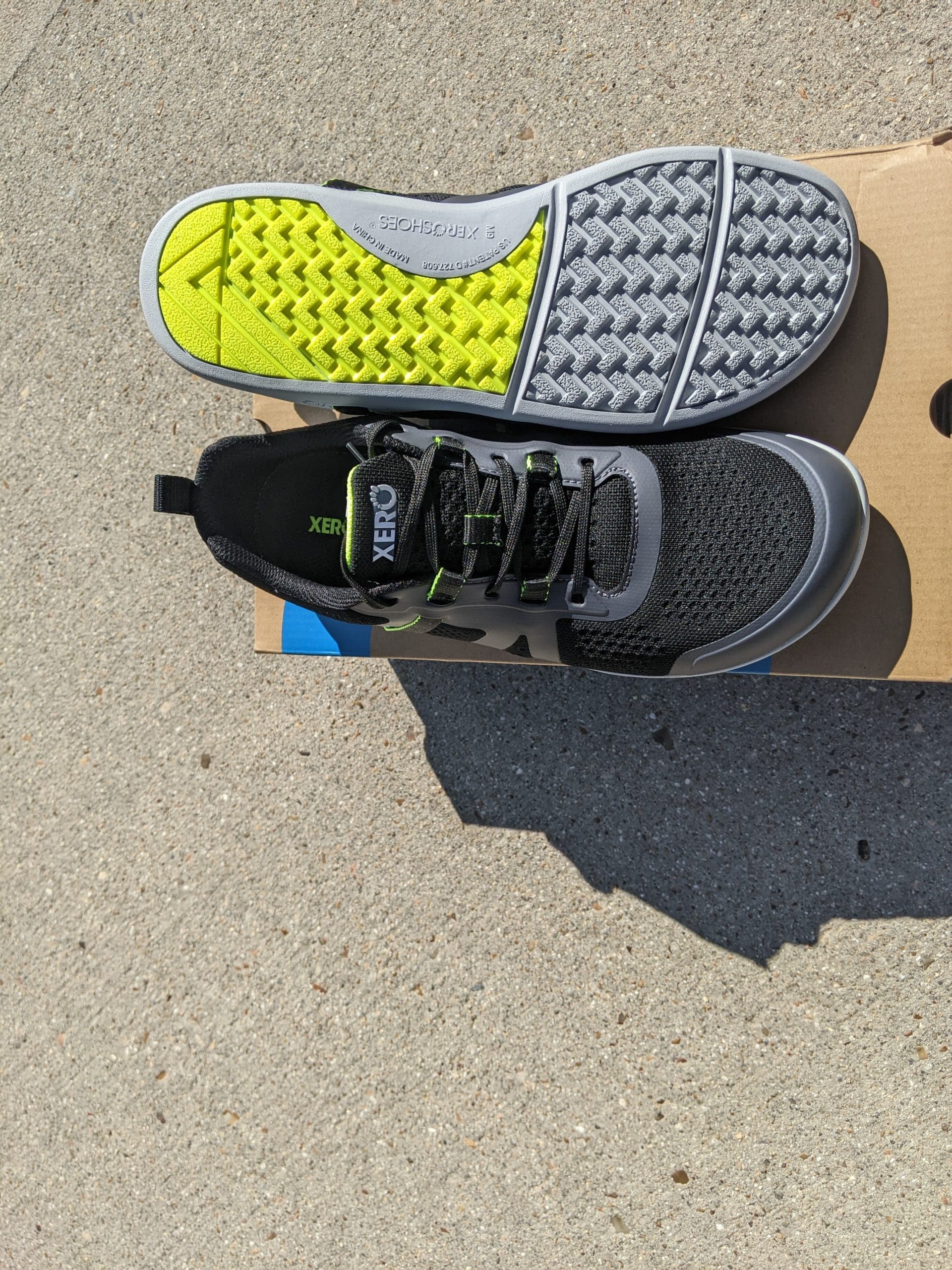
The Prio Neo leans more toward a sock-like upper and a laid-back fit through the midfoot. The overlays here are softer and welded rather than stitched, creating a relaxed, flexible feel. The tongue is padded but lies flatter, and the heel cup, although present, feels slightly less rigid than the original Prio. Where the original can feel a hint overbuilt for pure barefoot lovers, the Neo tips the scales back toward freedom of movement.
Fit Recommendation
If you prioritize midfoot security and regularly tackle more technical terrain or side-to-side movements, stick with the Prio. If you prefer a barely-there, flexible upper—think gym sessions, road running, or all-day wear—the Neo is the easy choice. Choose true to size in both.
Sizing, Fit Notes & Who Each Model Suits
Sizing is true to size for both, but you may want to size up ½ a size if you have a large big toe splay.
I didn’t need to size up or down for either model. Both can accommodate mild foot swelling on long runs. If you rely on lace locks for heel slip, note that the Prio has a slightly better heel hold due to its second eyelet; the Neo is more relaxed, yet still secure enough for most.
Underfoot, these shoes are nearly identical; it’s the upper that differs. Both the Prio and Prio Neo sit on a 5mm Xero FeelTrue® sole, with an optional 3.5mm insole. No heel-to-toe drop, and the ground feel is what you’d expect: moderate protection with plenty of surface feedback, enough to let you pick out subtle texture changes beneath you. The flexibility is excellent; you can roll these shoes up into a ball. At 8.7 oz for a men’s US 9, they’re lightweight but not the lightest in the barefoot market.

The Prio’s upper gives a slightly firmer, “safer” feel—great for rugged days. The combination of thicker mesh, solid, stitched overlays, and a padded ankle collar means you’ll feel more protection against scrapes. On long runs, I find the upper gets a bit warm, especially in summer. Not that it’s a trail runner, but it offers just enough structure for park paths and the occasional scramble.
The Prio Neo wraps your foot in a softer, airier package. Thanks to the welded overlays and thinner mesh, the Neo breathes better and conforms more closely to your foot shape. If you prefer maximum flexibility, this shoe has a more sock-like feel with a solid sole.
Feel Recommendation
For those craving a barefoot fit with maximum flexibility, the Neo is a winner. For a touch of protection without losing that connection to the ground, the original Prio is the OG.
Both models offer impressive durability and a 5000-mile sole warranty. It’s rare to see this kind of long-wearing guarantee in minimalist shoes, but Xero stands behind both soles. After months of rotation, I’ve seen minimal outsole wear on either shoe. The rubber compound is grippy and reassuring on both dry and slightly wet terrain, but the 5000-mile claim may be taking it a bit too far, considering the uppers will not last this long.
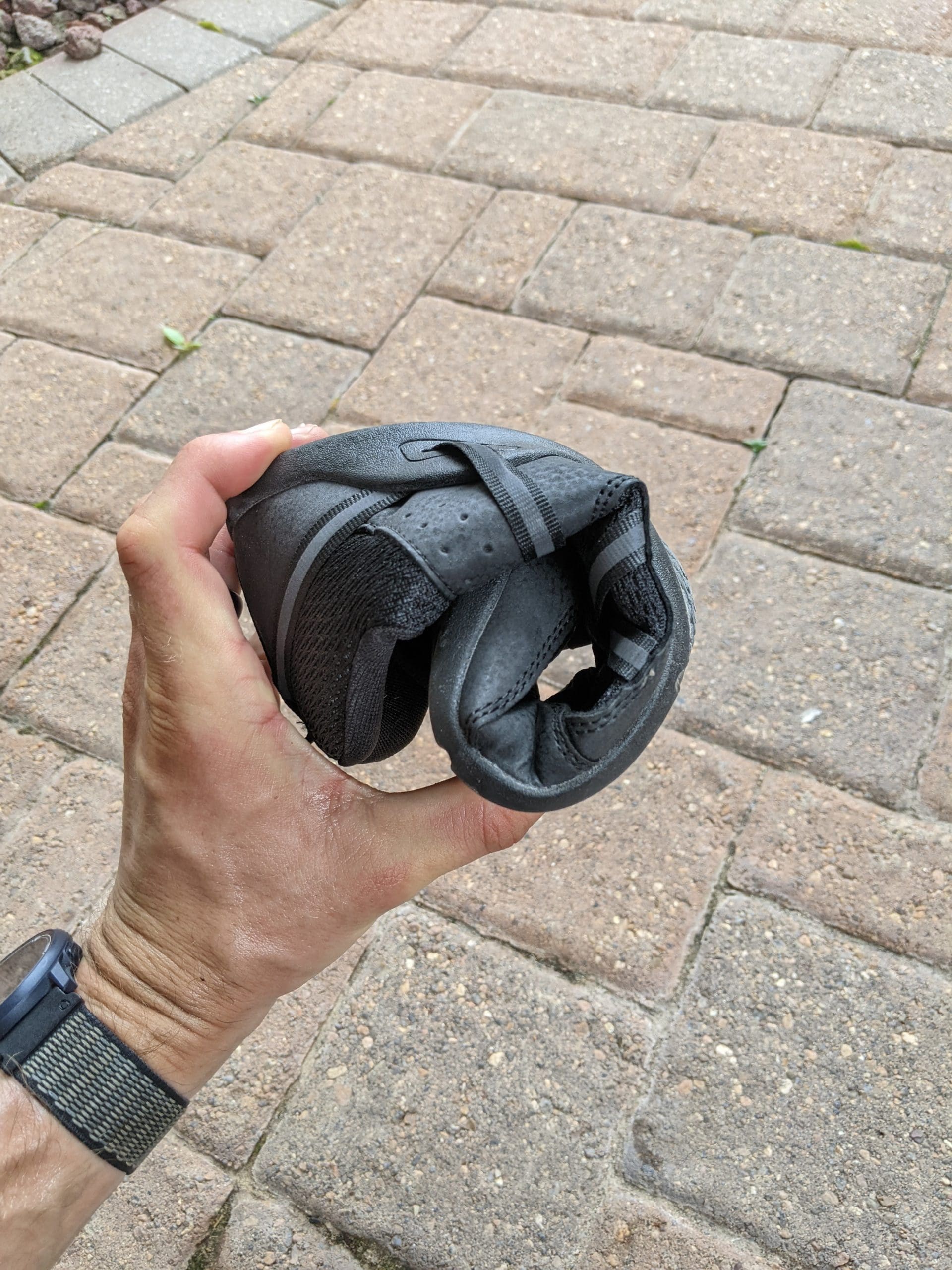
The Prio’s upper is built to last, even if it feels a touch overbuilt for some. With heavy stitching, robust mesh, and padded elements all around, this shoe is built like an old-school bruiser. The trade-off is a slight increase in bulk.
The Prio Neo’s upper, though lighter and sleeker, is equally durable where it counts. Xero Shoes replaced heavy stitching with welded overlays, which reduce failure points while maintaining the shoe’s flexibility. I was concerned that the lighter mesh might blow out around the forefoot flex point, but so far, it has held up after several months of mixed use.
Durability Verdict
For those who want a tried-and-tested, durable option, the OG Prio might outlast the Neo. But unless you’re routinely toe-dragging in the gym, both are good options.
Practical Recommendations
My advice: Tailor your choice to your main activity and personal comfort preferences.
- Pick the Prio if:
- You want a touch of structure and support in the upper.
- You value a slightly firmer heel hold.
- You regularly encounter off-road or mildly technical conditions.
- Pick the Prio Neo if:
- You want flexibility and comfort.
- You mostly run on pavement or use your shoes for gym or urban errands.
- You prefer a lighter, more breathable feel during activity.
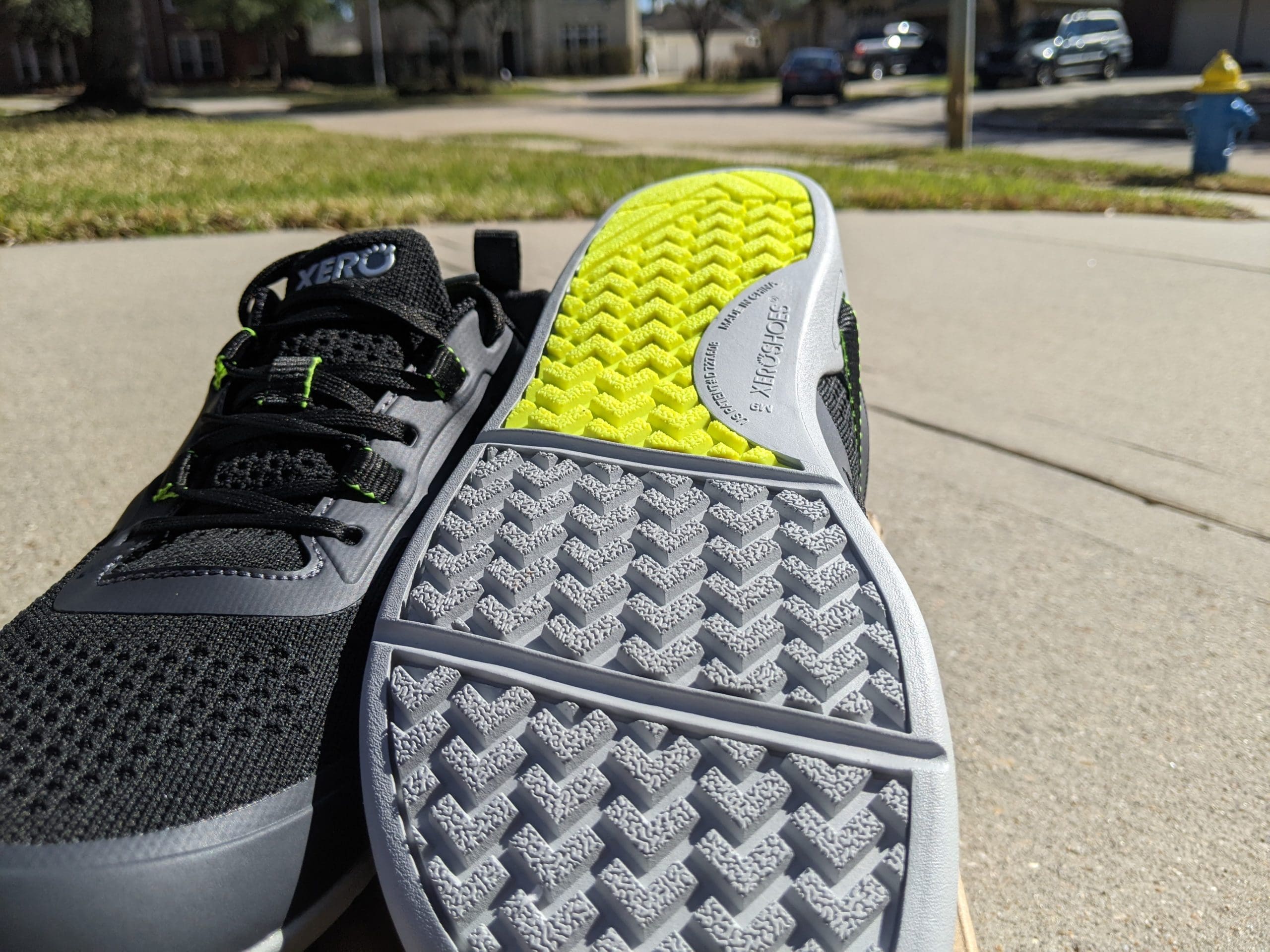
Both can fill the all-rounder role, but if I had to assign “specialist” roles, the Prio is my rugged daily driver, while the Neo is my do-it-all, casual option.
If you were hoping for a clear knockout—one shoe to rule them all—sorry, it’s not quite that simple.
Both the Xero Shoes Prio and the Prio Neo deliver on the barefoot promise: foot-shaped, reliable durability, ground-level feel, and a no-nonsense fit for real-world running.
Think of the Prio as the tried-and-tested old-school friend, and the Neo as the new school casual option that can cross over into running and the gym.
If you want to read more about both options, check out the full reviews below!

